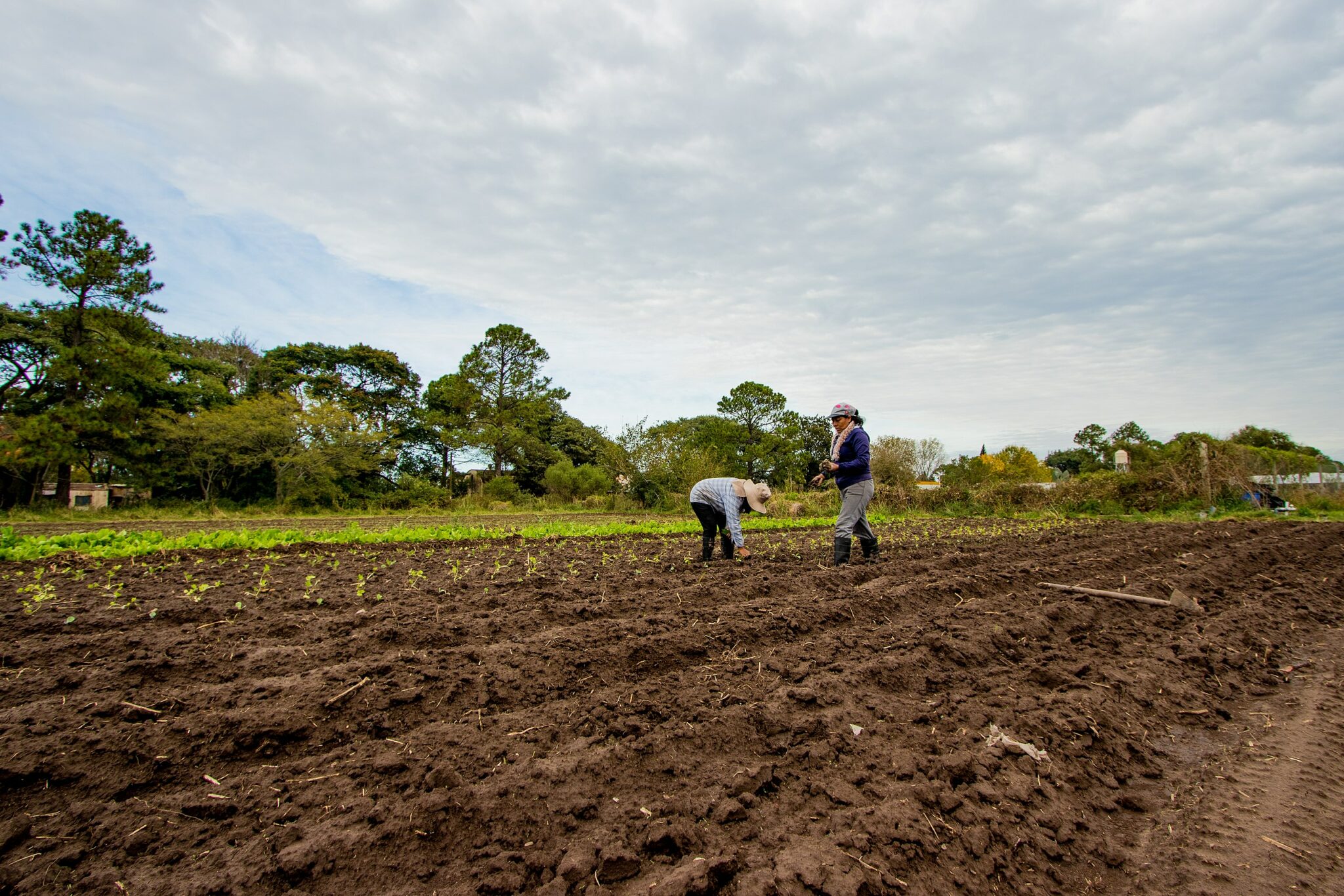The World Wildlife Fund (WWF) recently released a report to provide decision makers with a framework to support food and agriculture systems transformation.
The new report, Right Innovation, Right Impact, Right Place is the second study from WWF’s Great Food Puzzle series, which analyzes place-based food systems solutions. The publication can help leaders identify and apply the correct innovations in the appropriate contexts to drive the desired changes.
The report focuses on five types of innovation: technological, social, policy, consumer, and business and financial. Alone, they “might have a small impact,” Brent Loken, Global Food Lead Scientist for WWF and co-author of the report, tells Food Tank. “But innovations, when paired with the right action, can have that transformative impact.”
At the outset, the authors imagined a report that would look at current trends and “big innovations that will shape food systems everywhere,” Loken says. But he continues, they quickly realized that this “goes against the very nature of what we’re seeing.”
Instead, the report acknowledges that interventions, depending on the context, can have different effects. “The global food system is not a single, uniform thing but is made up of a multitude of local and regional food systems, each with different characteristics, strengths, and weaknesses,” the authors state.
In Paraguay, for example, home to one of the world’s top five biodiversity hotspots that is being threatened by deforestation, a group of landowners formed an association to partner with the local government and WWF-Paraguay. The group, many of whom are women, was able to plant 250,000 Yerba Mate trees alongside 90,000 native plants.
Through social innovation as well as business and financial innovation, the initiative not only helped the community revitalize the landscape. The women were also able to promote traditional foods by incorporating the Yerba Mate leaves into a variety of nutritious products and sell them to local and international markets.
The examples outlined in the report also help to emphasize that while innovations can leverage technology, they do not need to. “Innovations don’t always need to be ground-breaking.” And in some cases, Loken says, the correct approach may mean amplifying an already existing sustainable practice.
“Look at Indigenous communities or traditional farming communities that are farming sustainably and they have been for thousands of years,” Loken tells Food Tank. “Why are we going to go in there and say: We’re going to put forth a disruptive innovation into this system that’s already working.”
While this report serves as a framework, Loken explains that WWF’s next step is to develop a toolbox. They hope that this can help non-governmental organizations or other local stakeholders to evaluate the potential impact of an innovation to create the change they want to see.
The challenge is that evidence in support of a specific innovation is still limited. “This entire business is so new,” Loken says. In 10 years, he believes that the evidence base will be much larger, but “we don’t have 10 years to wait. That’s why we wanted to present this report out there saying: Let’s not wait for the evidence, let’s try and mature the conversation where it is now.”
The latest State of Food Security and Nutrition in the World Report reveals that if current trends continue 600 million people will still be chronically undernourished by 2030. And in recent weeks, the Earth warmed to the highest temperature ever recorded for four straight days—a sign of the advancing climate crisis that will only exacerbate challenges in global food and agriculture systems.
“Given the short time that we have available, the limited funds that we have available,” Loken tells Food Tank, “every single dollar that we spend, every single action that we take has to be efficient and hyper effective.”
Articles like the one you just read are made possible through the generosity of Food Tank members. Can we please count on you to be part of our growing movement? Become a member today by clicking here.
Photo courtesy of Berna Gaitán Otarán, Wikimedia Commons











